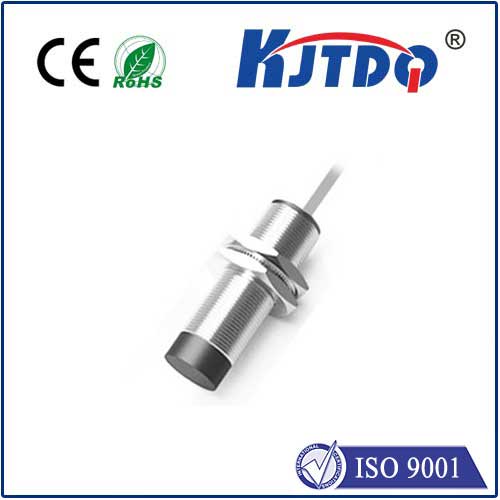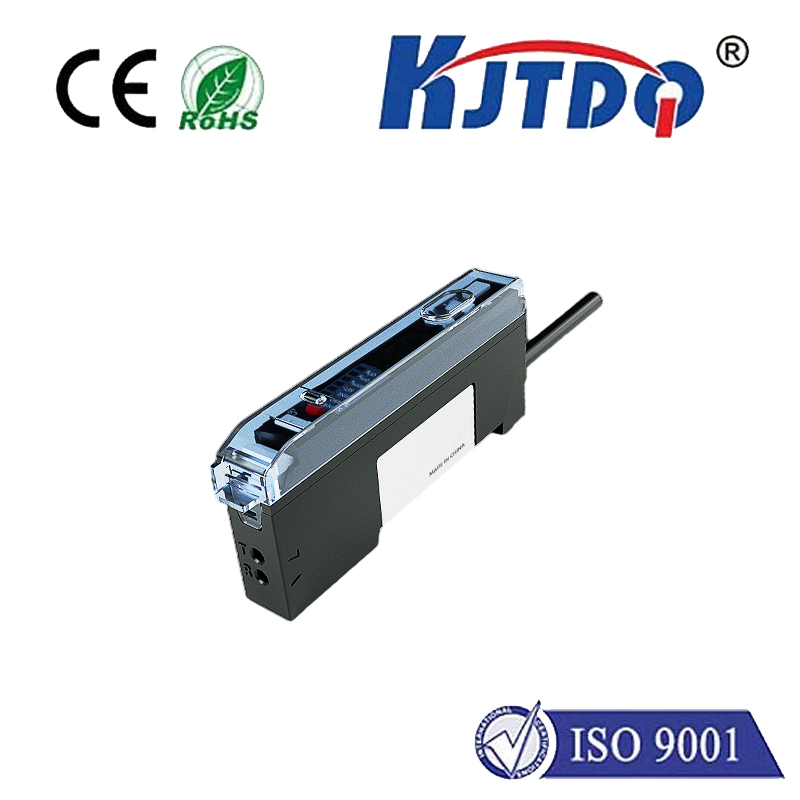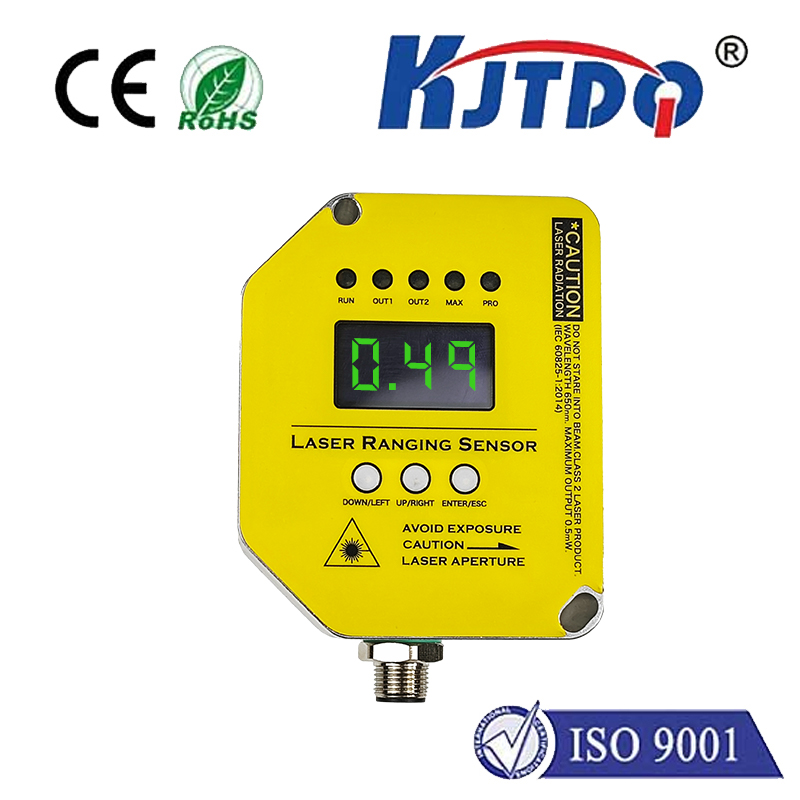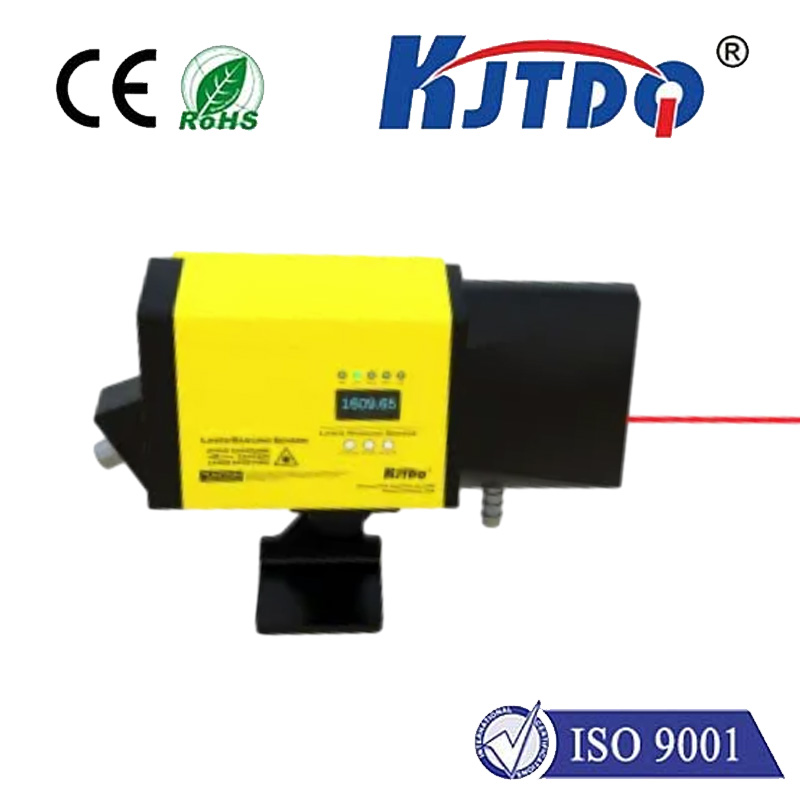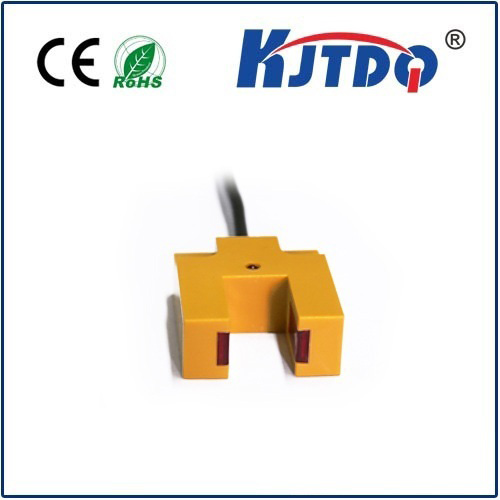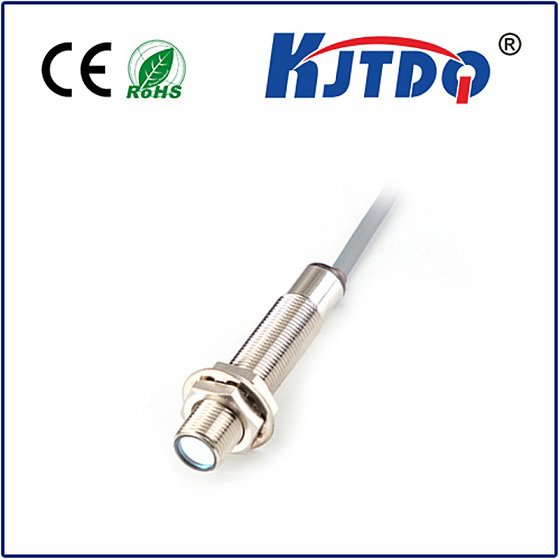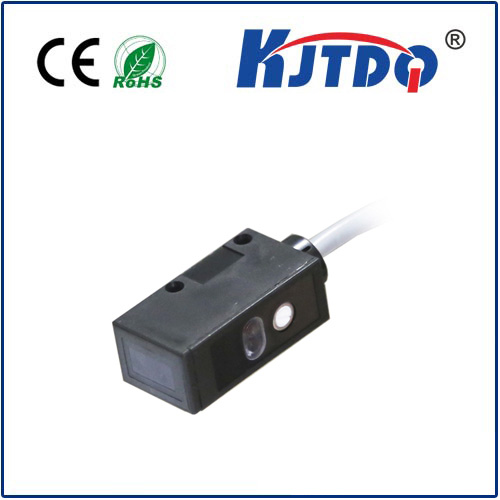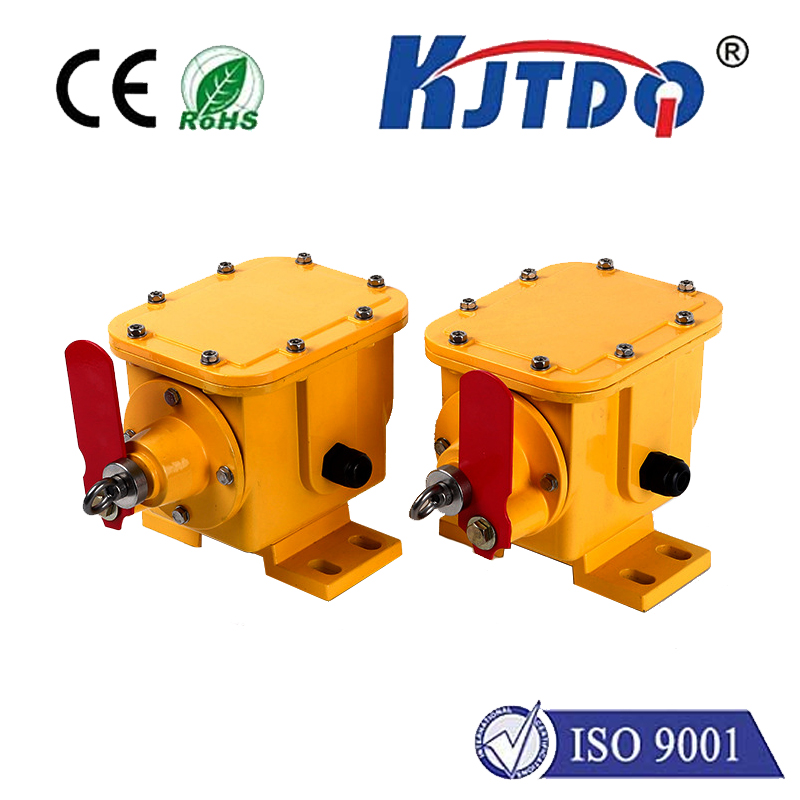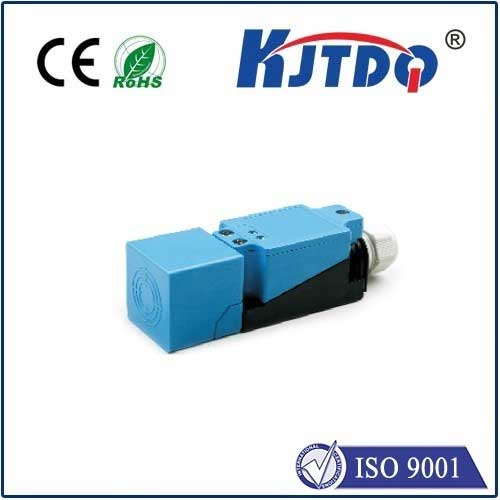PI1789 pressure sensor
- time:2025-09-22 15:00:14
- Click:0
PI1789 Pressure Sensor: Your Key to Uncompromising Pressure Measurement Excellence
The silent, unseen flow of liquids and gases governs countless critical processes. From ensuring precise fuel injection in your car to monitoring delicate blood pressure fluctuations during surgery, accurate pressure measurement is the invisible hand guiding safety, efficiency, and innovation. In this demanding landscape, choosing the right sensor isn’t just an option – it’s a necessity for reliable operation. The PI1789 pressure sensor emerges as a sophisticated, high-performance solution engineered to deliver the precision and dependability modern applications demand.
Beyond the Label: What is the PI1789?
The PI1789 represents a category of advanced electronic sensors designed to convert physical pressure – whether absolute, gauge, or differential – into a highly accurate, usable electrical signal. While specific specifications can vary depending on the manufacturer and intended sub-application, PI1789 sensors are universally recognized for their focus on critical performance characteristics. They are typically built using cutting-edge micro-electro-mechanical systems (MEMS) technology or advanced piezoresistive elements, allowing for miniaturization without sacrificing robustness or accuracy.
Engineered for Peak Performance: Core Attributes

What truly defines the PI1789 series in the competitive sensor market is its commitment to meeting stringent application requirements:
- Exceptional Accuracy and Stability: PI1789 sensors are synonymous with low total error bands (TEB). Accuracy often falls within ranges like ±0.1% to ±0.25% Full Scale Output (FSO), translating to minimal deviation from the true pressure value across the operating range. Combined with outstanding long-term stability, this ensures consistent, trustworthy readings year after year, crucial for calibration and critical monitoring tasks.
- Digital Intelligence & Integration: Reflecting modern industrial trends, many PI1789 variants feature sophisticated digital outputs. Common interfaces include:
- I2C (Inter-Integrated Circuit): Ideal for simpler multi-device communication within short distances on a PCB.
- SPI (Serial Peripheral Interface): Offers higher-speed, full-duplex communication, preferred for demanding data acquisition systems.
- Digital Protocols (e.g., IO-Link): Enables advanced diagnostics, parameterization, and seamless integration into Industry 4.0 smart factory environments. Digital communication simplifies wiring, enhances noise immunity, and provides richer diagnostic data compared to traditional analog outputs.
- Robustness Under Pressure: Designed for the real world, PI1789 sensors boast impressive resilience. Key robustness indicators include:
- High Overpressure Tolerance: Significantly exceeding their standard measurement range, allowing them to withstand pressure spikes without damage or calibration shift.
- Media Compatibility: Engineered wetted materials (often stainless steel or specialized alloys) ensure compatibility with a wide range of aggressive or corrosive process fluids and gases.
- Extended Temperature Range Compensation: Sophisticated internal compensation ensures reliable performance across a wide ambient temperature span (e.g., -40°C to +125°C), critical for automotive, aerospace, or outdoor industrial applications.
- Tailored Form Factors: Understanding that space is often a premium, the PI1789 series frequently comes in compact, industry-standard packages. This facilitates seamless integration into existing designs or space-constrained environments like portable medical devices or engine compartments.
Where Precision Matters: Key Application Arenas
The unique blend of high accuracy, digital intelligence, and robustness makes the PI1789 pressure sensor the ideal choice for demanding sectors:
- Industrial Automation & Process Control: Monitoring hydraulic/pneumatic pressures, tank levels, filter status, pump control, leak detection, and compressor management in manufacturing, chemical processing, and water treatment facilities, ensuring process efficiency and safety.
- Medical & Life Sciences: Providing critical pressure data in ventilators, infusion pumps, dialysis machines, blood pressure monitors, and anesthesia delivery systems, where patient safety depends on absolute reliability and precision.
- Automotive & Transportation: Measuring manifold absolute pressure (MAP), fuel rail pressure, oil pressure, brake fluid pressure, and HVAC refrigerant pressure, crucial for optimizing engine performance, emissions control, and passenger safety/safety system actuation (e.g., airbags).
- HVAC & Refrigeration: Monitoring refrigerant pressures, filter clogging, duct static pressure, and gas/fluid levels within heating, ventilation, air conditioning, and refrigeration systems, maximizing energy efficiency and equipment lifespan.
- Test & Measurement Equipment: Serving as a core component in calibration benches, portable data loggers, process simulators, and research instrumentation demanding the highest levels of measurement fidelity.
The PI1789 Advantage: Why Choose This Sensor?
Selecting a PI1789 pressure sensor translates into tangible benefits for engineers and system integrators:
- Enhanced System Accuracy: Its inherent precision translates directly to more accurate control and monitoring, improving overall system quality and reducing waste.
- Increased Reliability & Uptime: High overpressure ratings, media compatibility, and stable performance mean fewer sensor failures, reduced maintenance needs, and greater operational continuity.
- Simplified Integration & Diagnostics: Digital interfaces drastically reduce wiring complexity and enable advanced diagnostics for predictive maintenance strategies.
- Future-Proofing: Features like digital communication and Industry 4.0 protocols (if applicable) ensure readiness for evolving automation landscapes.
- Optimized Design-in: Compact footprints and standard packaging options streamline the engineering process and fit into existing layouts.
Selecting the PI1789: Key Considerations
To fully leverage the capabilities of a PI1789 pressure sensor in your application, carefully evaluate these factors:
- Pressure Type & Range: Is absolute, gauge, or differential measurement required? Define the minimum and maximum pressures the sensor will encounter.
- Accuracy Requirements: Determine the permissible error margin for your application. Refer to the specific PI1789 variant datasheet for detailed TEB specifications.
- Output Signal: Does your system require a traditional analog voltage/current output (if available) or a digital interface like I2C, SPI, or another protocol?
- Media Compatibility: What fluid or gas will contact the sensor diaphragm? Ensure the wetted materials are chemically resistant.
- Environmental Conditions: Consider the operating temperature range, potential vibration levels, exposure to humidity, and required ingress protection (IP rating).
- Electrical Requirements: Define the supply voltage and power consumption constraints.
Partnering with PI1789 Precision
The PI1789 pressure sensor stands as a testament to the critical role precise pressure measurement plays in driving modern technology and industry forward. Its core engineering principles – pinpoint accuracy, robust digital intelligence, unwavering reliability, and compact design – make it far more than just a component. It’s a strategic asset for engineers designing systems where measurement integrity is non-negotiable. By understanding its capabilities and carefully matching a specific variant to your application’s demands, the PI1789 becomes a powerful enabler of efficiency, safety, and innovation across countless demanding fields.













